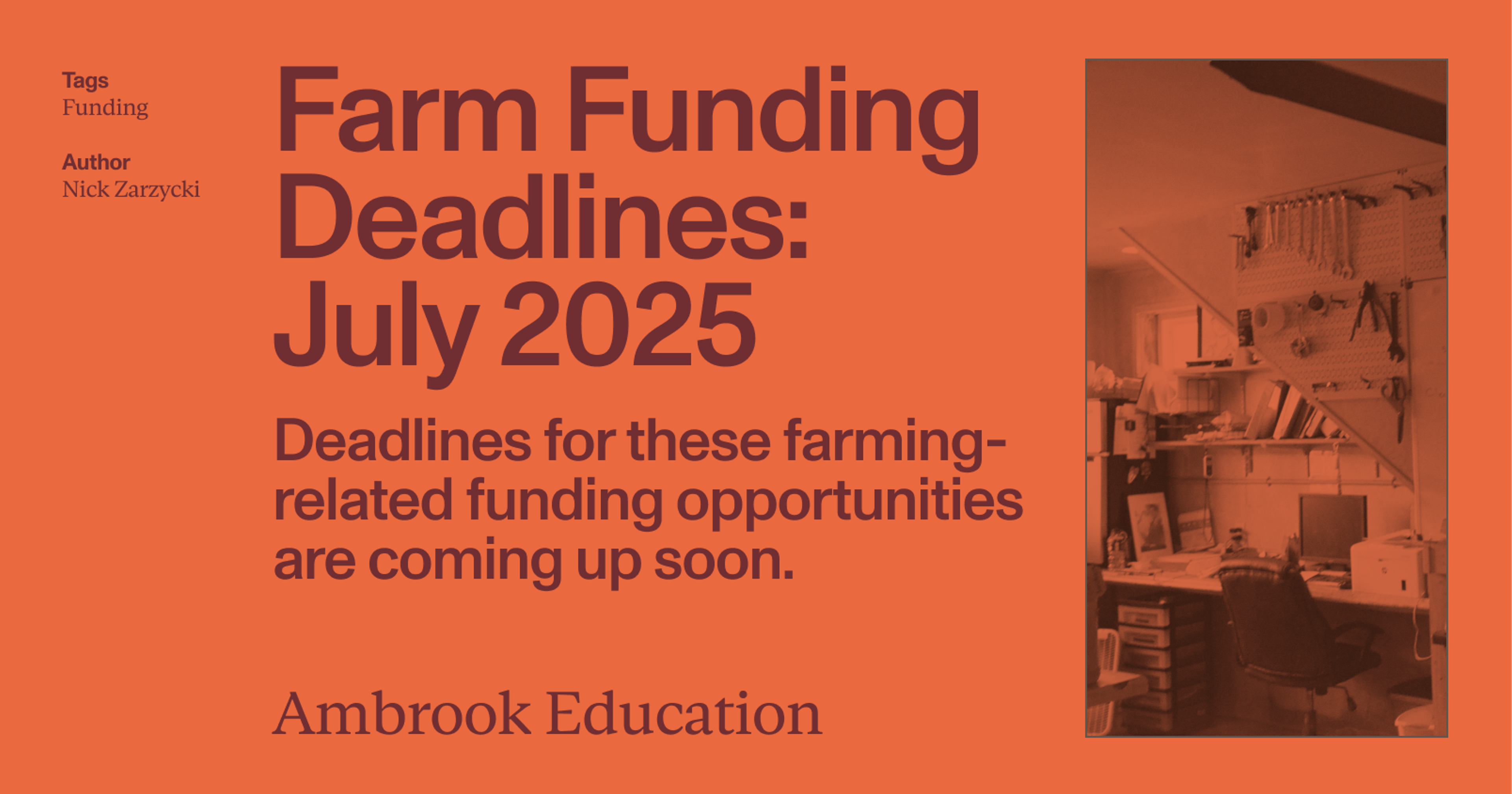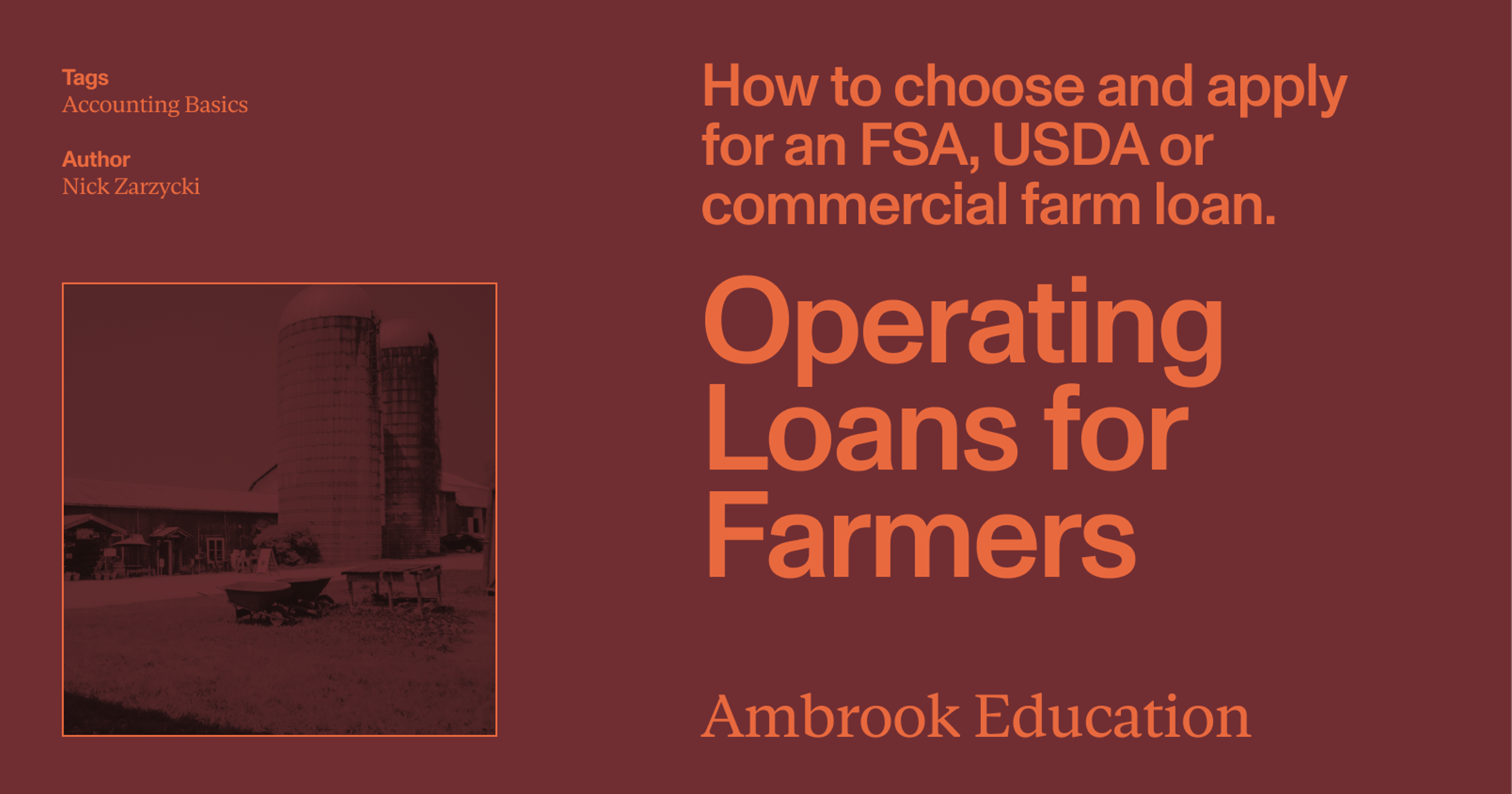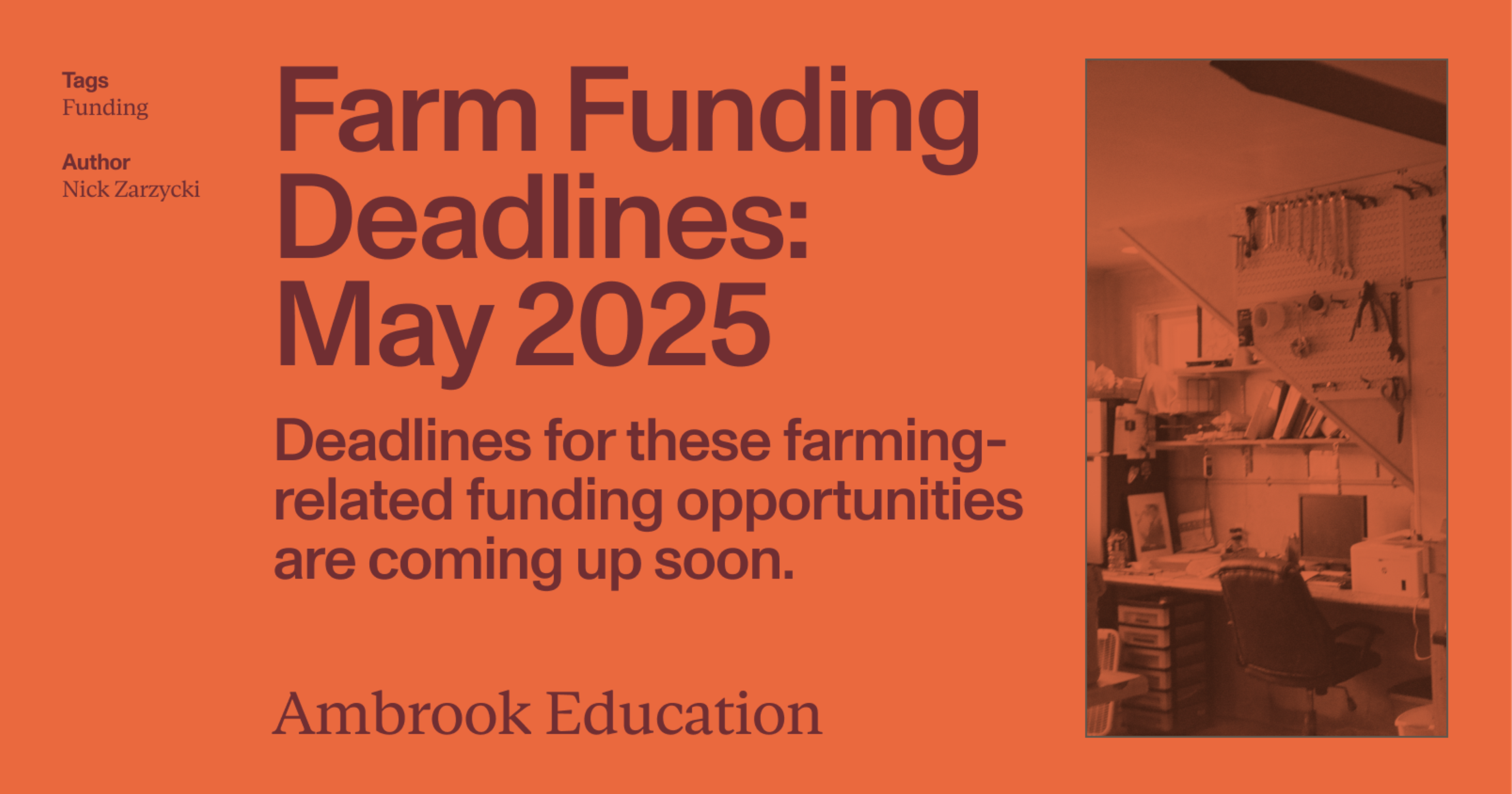A line of credit can help cover day-to-day expenses and function as an emergency fund, but borrowing costs can also make them expensive.
When cash reserves are low, an operating line of credit can be a godsend, helping you cover normal operating expenses like feed, seed, fertilizer and fuel, purchase livestock and farm equipment, make minor repairs and improvements to farm property, and pay for family living expenses.
But not all lines of credit are created the same: your borrowing limit, interest rate and repayment terms can vary a lot depending on which lender you go to, your credit score and whether the line is secured or not. Here’s what you need to know.
What is an operating line of credit?
An operating line of credit, also called a revolving credit line, is a type of loan that lets you borrow funds up to a certain amount or ‘ceiling.’
Similar to a business credit card (and unlike a loan) you don’t get funds from a line of credit all at once. Instead, you draw from it whenever you need to and repay it on an ongoing basis–usually with the understanding that you’ll have to pay down the entire amount once per year.
How is it different from a farm loan?
Loans tend to have a fixed and predictable payment schedule: you receive the balance all at once and pay it down over time, usually with a fixed interest rate.
With a line of credit, you don’t receive any funds up front and only draw on the line when you need it, and the interest rate you pay on those amounts is variable. That means your payments can change month to month depending on how much you borrow, market interest rates, and if the bank decides to hike their own interest premiums.
What is an operating line of credit typically used for?
An operating line of credit can be used to pay for a variety of different farm operating expenses, including:
Day-to-day expenses like feed, seed, utilities, fuel, chemicals, fertilizer and insurance
Purchases of routine capital assets that can be repaid within the year, like replacement of breeding livestock
Minor repairs and improvements to farm property including buildings and fencing
Family living expenses like groceries, rent and utilities
Under some circumstances lenders can also use their line of credit to refinance other debts, however Farm Service Agency guaranteed lines of credit explicitly forbid farmers from using their funds to refinance operating debts from previous years.
Many operating lines of credit also can’t be used to finance capital expenditures (including machinery and equipment leases longer than one year) unless it’s approved by the lender.
And even if your lender approves, it generally isn’t a good idea to use an operating line of credit to finance big investments in farmland or capital. Those purchases are usually better off financed with secured loans, which usually carry lower interest rates and come with a fixed and predictable interest rate and repayment schedule.
How does a farm operating line of credit work?
While the details of your loan agreement can vary depending on your lender and specific situation, most operating line of credit agreements will include the following terms:
The borrowing limit or ‘ceiling’
The ceiling you end up with will depend on a variety of factors, particularly which lender you go to and your credit score. Many traditional non-ag lenders offer credit limits up to $100,000, while the ceiling for Farm Service Agency guaranteed lines of credit can go up to $2,251,000.
Secured vs. unsecured
Your line of credit is ‘secured’ if it’s backed by some asset–usually farmland, equipment or your business’ accounts receivable–which the bank can take possession of to secure the loan. You don’t have to put up any assets to get an unsecured loan, but you’ll generally pay more in interest than you would for a secured loan.
Variable vs. fixed interest rate
This determines whether the interest rate you pay on the line of credit will stay the same or change over the course of the loan. With a variable interest rate, what you pay can change based on market interest rates, the interest premiums the bank charges, and your credit score.
Repayment terms
Your line of credit will also come with repayment terms, including minimum monthly payments as well as when the credit must be fully paid down, which is sometimes referred to as the ‘cleanup’ period. (Usually at least once a year).
What are the benefits of a line of credit?
1. Financial flexibility
Unlike a loan, you can draw on a line of credit whenever you like, pay it down and then draw from it again without having to reapply, which can be useful when your business’ financial needs are constantly changing.
2. Peace of mind
Even if you don’t have plans to draw from it immediately, your line of credit can function like an emergency fund, removing stress and giving you certainty that you’ll be able to cover any short-term cash flow needs that arise.
3. Easier access to working capital
Lines of credit secured by the Farm Service Agency can come with special provisions and benefits for beginning and socially disadvantaged farmers, lowering the barriers of entry to farming and providing access to working capital.
What are the disadvantages?
1. An unpredictable payment schedule
While most traditional loan payments are fixed and predictable, a line of credit with a variable interest rate can turn into a source of financial risk, especially if market conditions change or your lender decides to increase rates.
2. You have less time to repay
Most lines of credit have an annual repayment requirement, meaning you’ll have to pay down the entire balance of the credit line at least once per year. While it might be a good short-term solution, a line of credit is less suitable for longer-term borrowing.
3. Financial risk
It’s easy to become over-reliant on a line of credit and get stuck in a debt repayment cycle. If your line of credit is secured and you can’t stick to the repayment terms, the assets you put up to secure the loan might also be at risk.
4. It can be expensive
While cheaper than some credit cards and personal loans, maintaining a line of credit can come with a variety of additional fees and costs depending on your lender, including unused credit fees, commitment fees and renewal fees.
What credit score does a line of credit require?
This will mostly depend on your lender. Conventional lenders like local agricultural banks and national ag lenders will typically require a higher credit score, offering you more favorable interest rates and repayment terms in exchange.
Loans that are guaranteed by the Farm Service Agency are generally easier to obtain for someone with a lower credit score: in most cases they require that the lender be unable to obtain a loan without an FSA guarantee. Alternative and private lenders might accept even lower credit scores, but in exchange will charge you higher fees and interest rates.
How do I apply for a farm operating line of credit?
1. Assess your cash flow
While a line of credit might offer flexibility, you shouldn’t apply for one without having a clear idea of what you’ll need it for. Look at your cash flow budget for the year and take stock of any immediate or upcoming cash flow needs. Be sure to look at revenues as well to ensure you’ll have the funds to pay down the credit line in the future.
2. Pick a lender
Find a lender that has experience dealing with seasonal agricultural operations. Consult your local FSA farm loan office and ask them to provide you with a list of local lenders that provide FSA-guaranteed lines of credit, which can offer favorable terms to family-run farms.
Remember that some ag lenders offer seasonal draw structures that are ideal for agricultural operations, allowing you to borrow in one season and pay in another.
3. Gather the required documents
Most loan applications will ask you to submit a balance sheet, income statement, cash flow statement or cash flow budget for the business, as well as an operating plan for the year.
You might also be required to submit several years of tax returns and bank statements (especially if you don’t produce financial statements), information about your farm assets, and authorize them to pull your credit score report.
If you’re applying for an FSA-backed loan you might be required to submit additional documents like a business plan and a spending plan for the line of credit.
4. Apply with your lender
Once you’ve got all your documents together, you’ll likely have to schedule a meeting with your lender to discuss the terms of your loan, including your borrowing ceiling, repayment terms, if and how the loan will be secured, and your interest rate.
Your lender will review your application and consider your business’ overall financial health, your credit-worthiness and ability to repay the loan, the adequacy of the collateral to secure the loan, and your risk profile based on commodity prices, input costs and other market conditions.
This process can take a few weeks to complete, and if you meet all of the lender’s requirements, your loan will be approved.
5. Access your credit
Once your application is approved and your loan documents are signed, you’ll be able to draw on your credit line via check, transfer, or by using a payment card issued by your lender.
As you draw on your credit, remember to only use it for operating expenses. Keep a close eye on any changes in interest rates, stay on top of minimum payments, and make sure you’re prepared for your ‘cleanup’ period.
How do I record my farm operating line of credit on the balance sheet?
One source of confusion around farm operating lines of credit is how they’re recorded on the balance sheet: should you record the entire unused amount, or just the amount you draw?
Don’t record your line of credit on the balance sheet unless it’s drawn on. Only record the outstanding balance, and record it under the business’ short-term liabilities.
Read more: How to Read a Balance Sheet
Get credit where credit is due with Ambrook
With bookkeeping and accounting tools purpose-built for agriculture, Ambrook makes it easy to prepare for your next operating line of credit application and increase your chances of securing funding.
With features like automated financial reporting, simplified bookkeeping, and effortless bill pay and invoicing, Ambrook is more than just a farm tax and accounting tool: it takes the guesswork out of running your business. Interested in learning more? Start your 7 day free trial.
Want to learn more about Ambrook?






